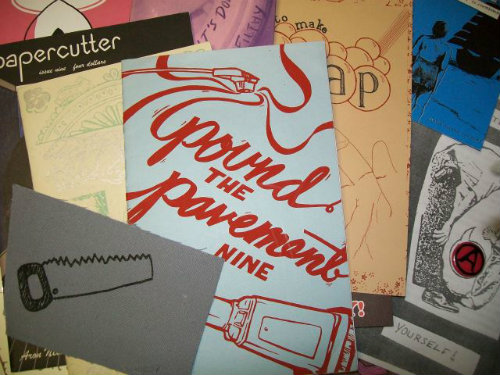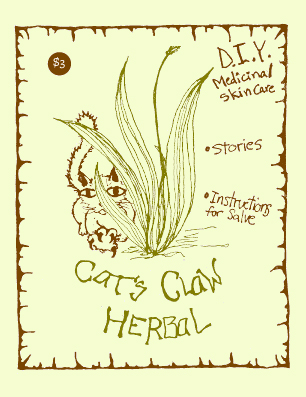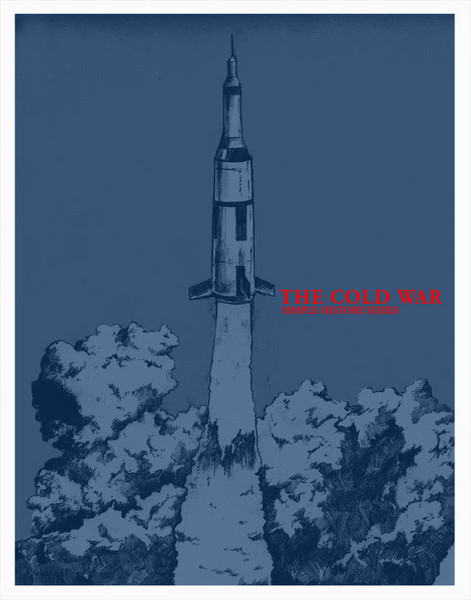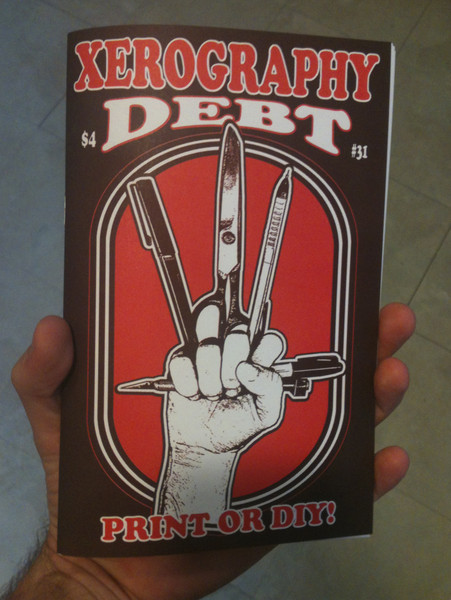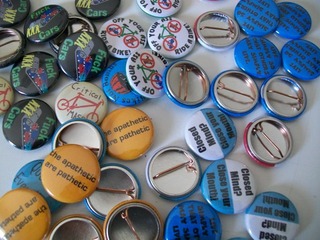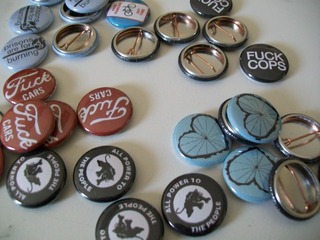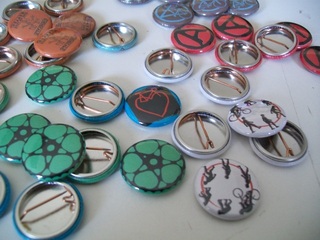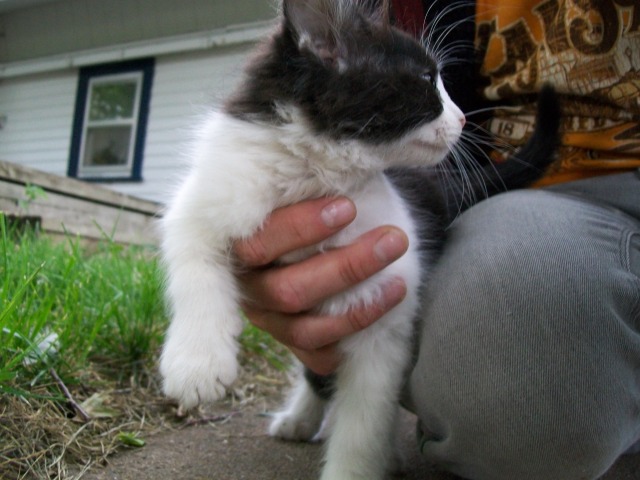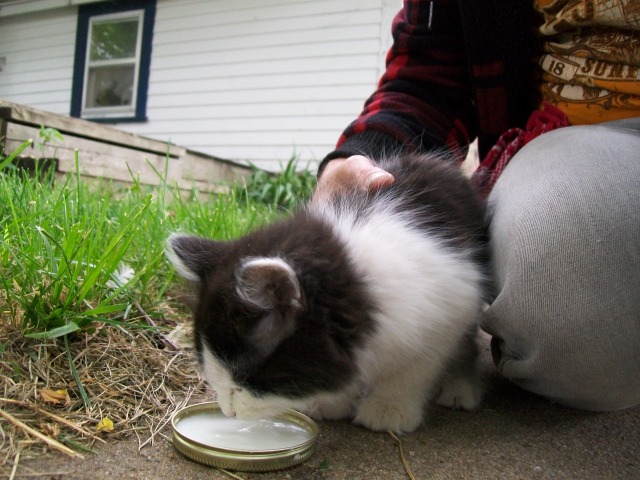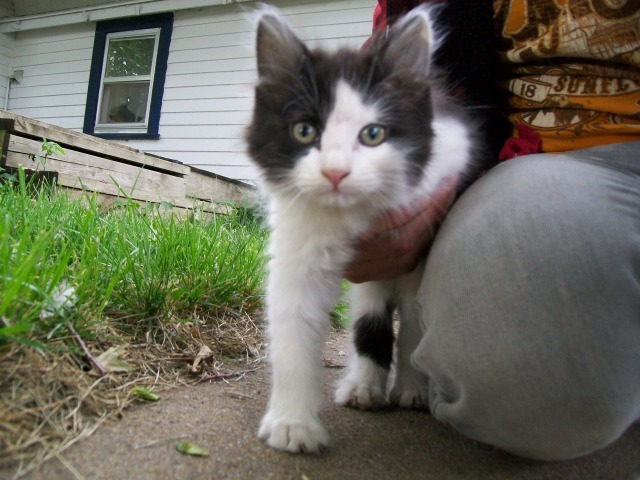Interview with Raleigh Briggs, author of Make It Last: Prolonging + Preserving What We Love
What was the inspiration to write about fixing things? 
We were throwing around the idea of having a book about canning, I think. But there are a million books out there about canning. I started wondering why some preservation skills were so glamorous all of a sudden, while others went under the radar. So I decided to take that same great energy around canning, pickling and whatnot and expand it to include things like mending and home repair.
Definitely. People see maintaining as more of a chore than anything else, which, to be fair, it often is. And it can be hard to create community around fixing things up. But humble as they are, those skills make you a great asset to the people in your life (and to yourself). They’re especially crucial when folks you know are struggling. Homemade food and clothes can be a huge comfort, but helping out with a broken window or a leaky toilet is an absolute godsend.
I’d be lost without my lovely local library. My friends and family were a great resource, too–people have all sorts of secrets they use around their own homes. It’s really awesome to see all the McGyvers and repair whizzes come out of the woodwork.
Play the cello. Edit video. Also, electrical stuff still confuses the crap out of me.
Do you think of your work as being feminist in nature, empowering women to fix faucets and doors?
I’m a big flaming feminist, but I don’t think of Make It Last as speaking exclusively to women. Women have always done the lion’s share of domestic work, including household repairs. But more and more, men and women alike are encouraged to buy more stuff instead of making simple and cheap repairs to the things they already own. That’s great for the companies that make those things, but not so great for the rest of us. I want to empower everyone to fix everything, or at least, to think about what they can fix and what they have to buy, and making an empowered decision that’s in line with their values.
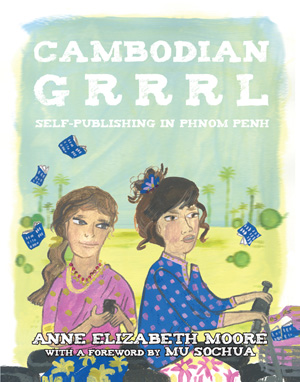 Book category for Cambodian Grrrl: Self-Publishing in Phnom Penh.
Book category for Cambodian Grrrl: Self-Publishing in Phnom Penh. 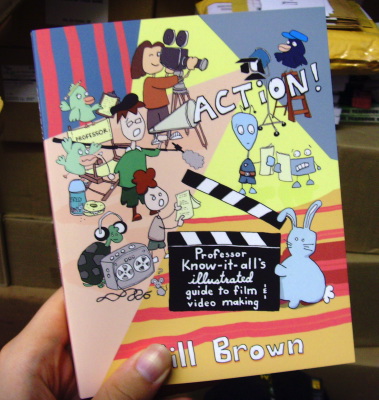
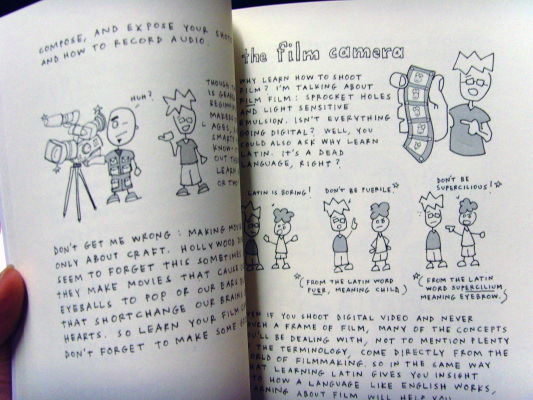
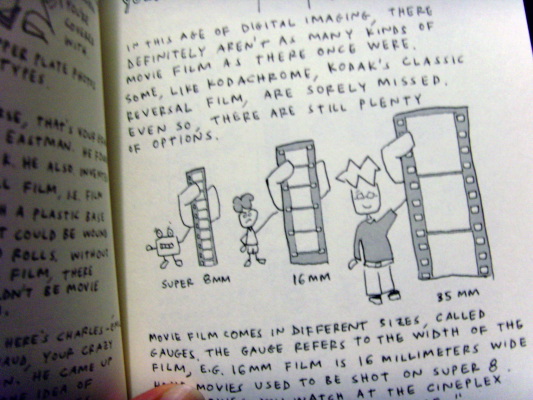
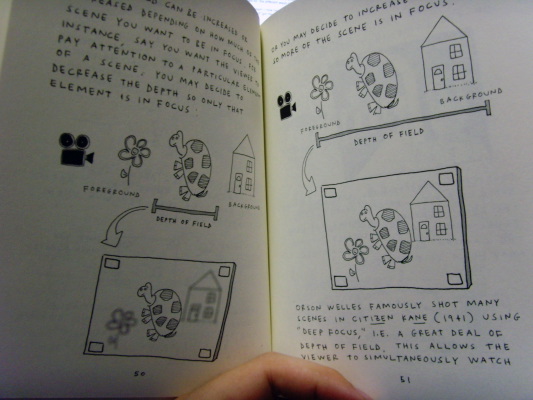
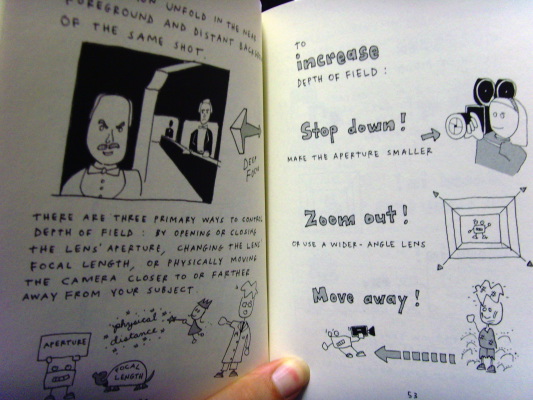
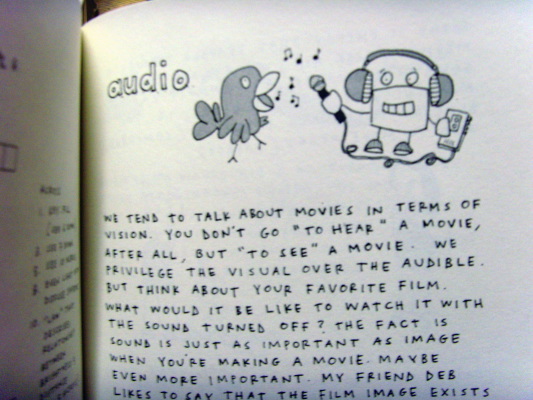
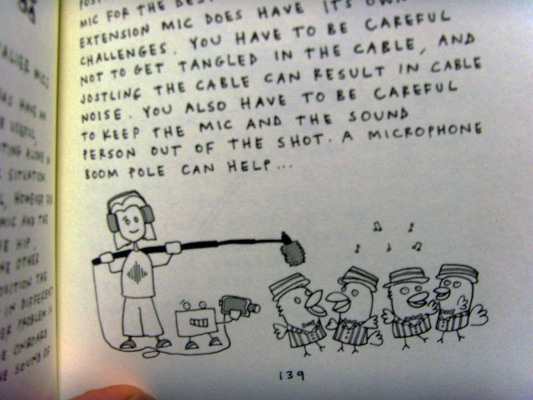
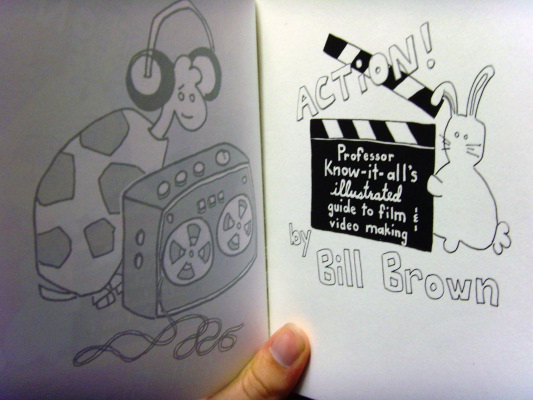

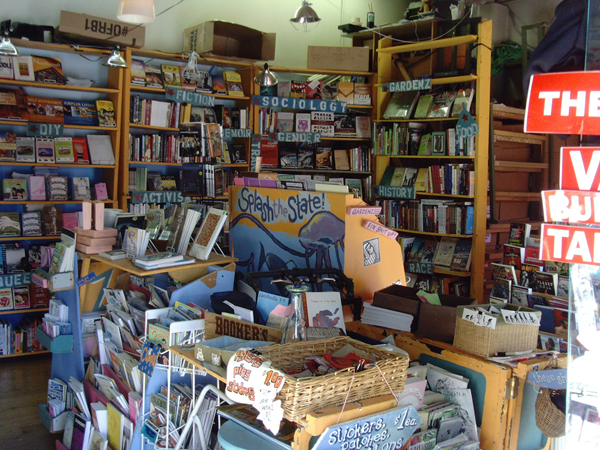
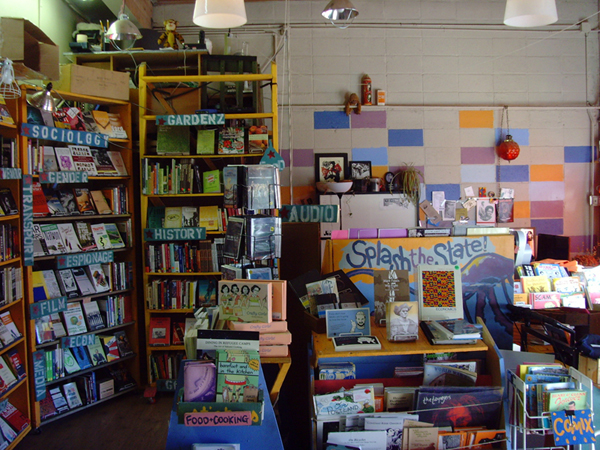
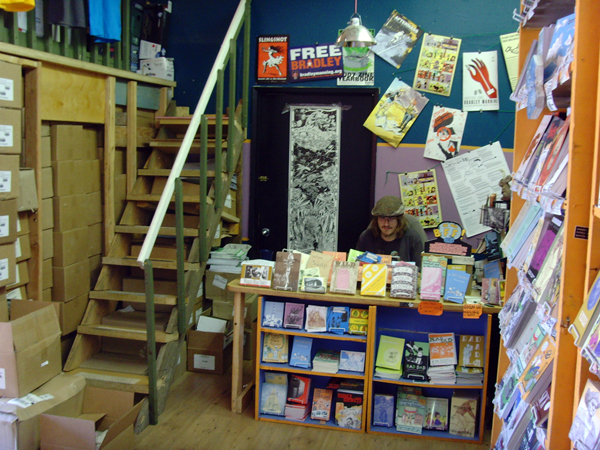
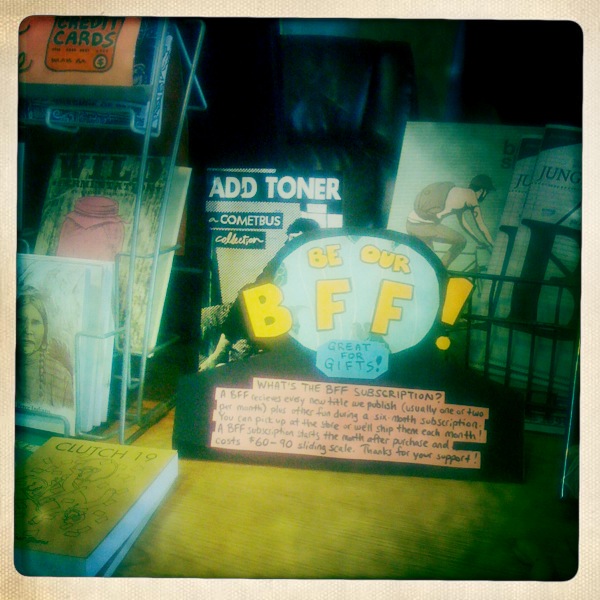 Hello Microcosm Friends!
Hello Microcosm Friends!